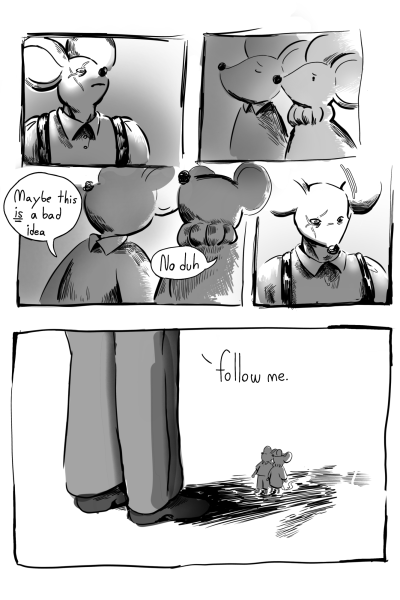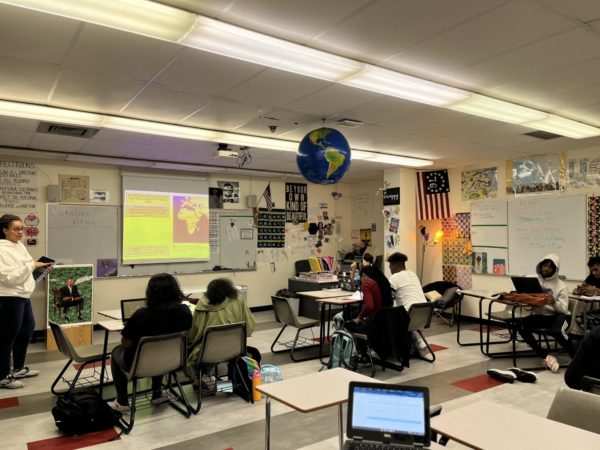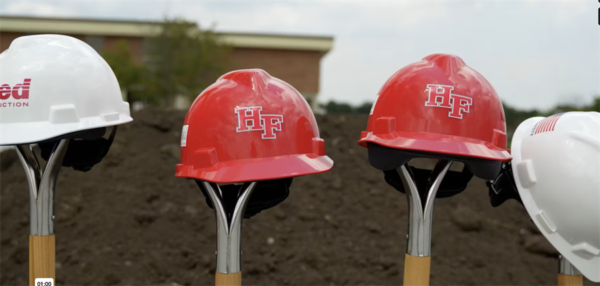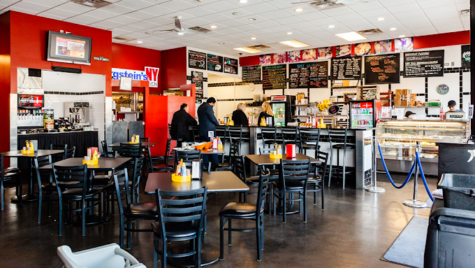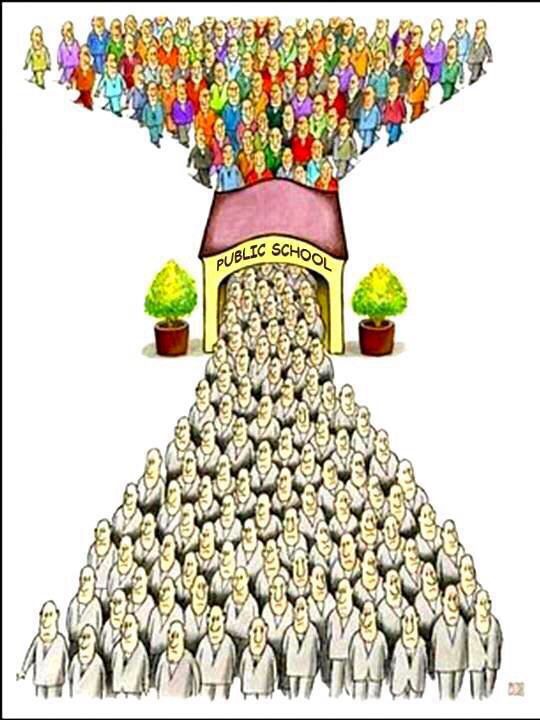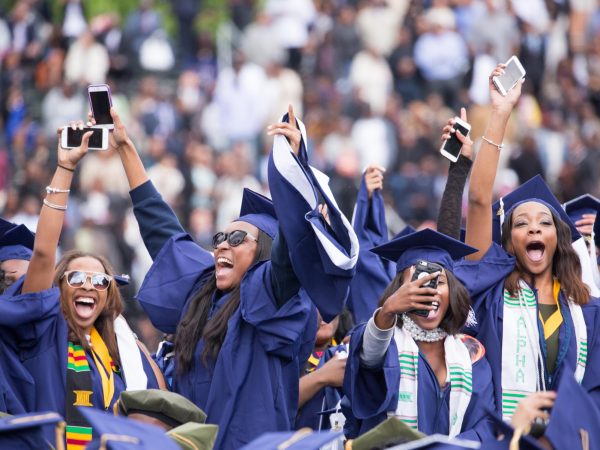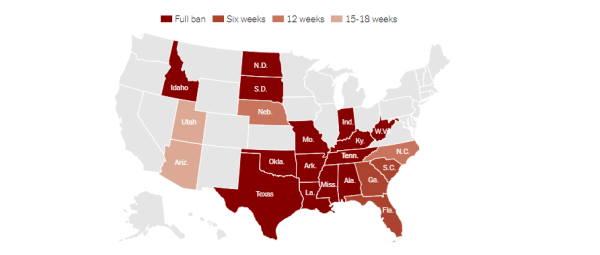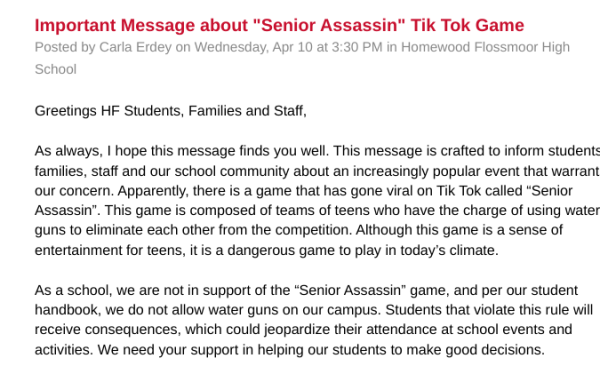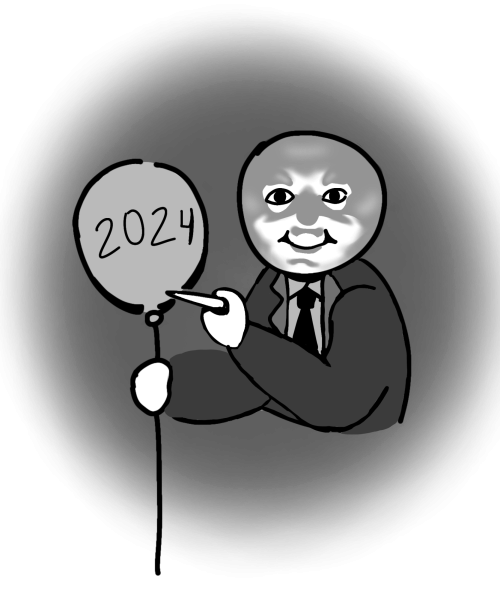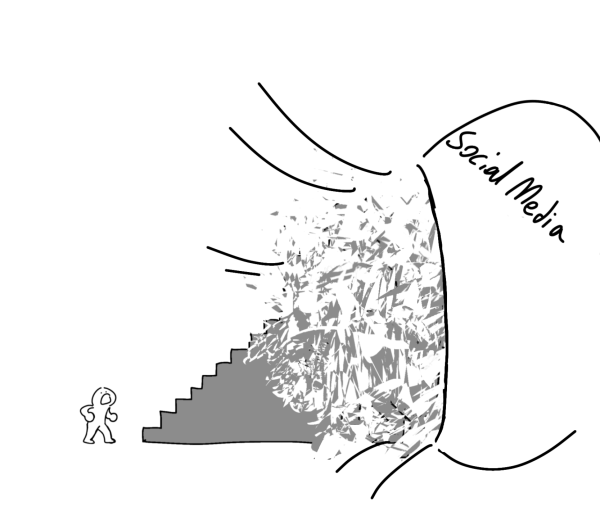Does School Kill Creativity?
The question begs itself – where along our adolescent journey do we forget how to think outside the box? When is it drowned out by our hyperfixation on core subjects and passing a class? When in our lives do we stop learning for the purpose of enhancing our intellectual complexity – and begin learning to simply earn a grade on a transcript?
The answer lies at the dispense of each individual person. However, there are established facts that you must look over first.
Creativity is not a taught characteristic – it is something that naturally develops in the adolescent mind starting from the moment we are born. It is human nature to have unique identities. It’s in the way we’re nurtured – the way we are brought up and raised – that it’s killed.
British art philosopher Ken Robinson describes this phenomenon in his Ted Talk, “Do Schools Kill Creativity”: “If you think of it, the whole system of public education around the world is a protracted process of university entrance. And the consequence is that many highly talented, brilliant, creative people think they’re not, because the thing they were good at at school wasn’t valued, or was actually stigmatized.”
There are clear prioritizations for core subjects in education systems universally. There are requirements for math, english, history, and science that each student must complete in order to call themselves a graduate. There are little to no requirements in the fine arts department – and if there are, they are cut off very early in the scholar’s life.
“I think one of the things that strikes me is Illinois’s problem with arts advocacy,” stated Steven Sifner, H-F choir director and music educator. “I think we need serious policy in Illinois to support access to the arts and to support creativity.”
Sifner could not have stated it more eloquently. There is a serious overemphasis on teaching non-creative subjects to those who are naturally creative thinkers. This puts a major cognitive roadblock on them, potentially hindering future creative expansion and insinuating that academia is the only path one should pursue.
We are forcing kids to spend exorbitant amounts of time on their weaknesses.
There is another massive factor that cannot be ignored here – which is the advantages and disadvantages of technology. There is an ease and power that comes with having a summation of human knowledge constantly at your fingertips. However, there is also a boredom that develops with it.
One could argue that technology ushers laziness or even incompetence, one that gradually increases with every new model of iPhone or pair of wireless headphones that comes out. As technology does pave new opportunities for creativity through the sheer size of its communicative outlets, there is a danger that comes with the codependency between a developing mind and a flawless calculator. We label this alliance progress, but is it?
“This generation is that of instant gratification, and I think that is largely impeding any sort of creativity as well,” described H-F fine arts teacher, Candi Helsel-Wilk. “If you want something true and magnificent, you really have to work for it.”
Bottom line is, there is no way to measure creativity. There is no way to measure any sort of abstract attribute, and certainly not to do so and also compare it to 50 years ago.
However, it is simply undeniable that creative habits are lost over time. It is in the hands of your environment and community to be able to bring them back.
Luckily, H-F dedicates high amounts of finances towards our fine arts department. When financial cuts need to be made, our art classes are never threatened. That is a privilege.
In summation, we must detach ourselves from the hazardous relationship we have with education in order to continue to nourish our inner artistic selves.
You must let yourself think authentically – and take the time to understand who you are.

